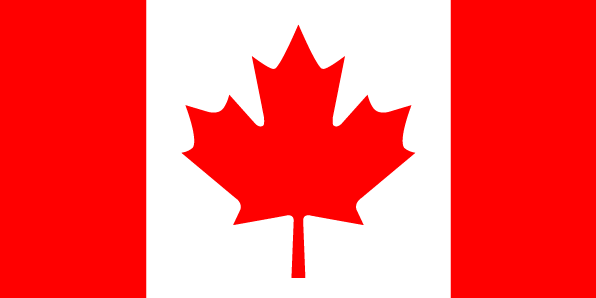Stevia is a small, leafy plant that was first discovered more than 200 years ago by the native people in South America. Because of its natural origins and claimed health benefits, it has been heralded as a « miracle sweetener ». It is a plant based naturally-sourced sugar substitute, and has no calories, no carbohydrates, and does not raise blood sugar levels. It is a healthier alternative to artificial sweeteners and sugar. The leaves of the stevia plant are uniquely, naturally sweet and the indigenous people used to chew them for the sweet taste and to sweeten beverages. Today, the sweetness of stevia is extracted and purified into high purity stevia leaf extract and used in foods and beverages around the world. It perfectly works in varieties of foods and beverages such as chocolate, sweets, ketchup, ice cream, yogurts, soft drinks, other sweetened products.
Stevia rebaudiana Bertoni is a plant originating in the valley of the Rio Monday in the highlands of Paraguay, close to the Iguazu Falls in the border region between Brazil, Argentina and Paraguay. Guarani Indians used the species Stevia Rebaudiana in their food and as medicinal plant for centuries. They called it « Ka’ hé’e, » which means sweet herb, and used it to sweeten foods and to ease the bitterness of the mate.It was described for the first time in 1889 by the Swiss scientist Moses S . Bertoni ( 1857-1929 ). In 1931, French chemists isolated the heterosides which give the sugar taste in this plant: the steviol glycosides (stevioside and rebaudiosides). These molecules have a sweetening power between 200 and 400 times as compared to sugar.
At the beginning of the 1970s, the Japanese began to cultivate the stevia to replace the synthetic edulcorants, such ascyclamate or saccharin, suspected to be carcinogenic.
Stevia is now cultivated and consumed in numerous countries of Asia: China (since 1984), Korea, Thaïwan, Thailand and Malaysia. Some countries like Rwanda and Kenya in Africa also cultivate stevia. And with the emerging global epidemic of diabetes and growing demand of healthy products, stevia extract is now available on many continents.
Safe use of high-purity stevia leaf extract in a variety of foods and beverages has been approved and or adopted in more than 150 countries accross the world. Major health and regulatory orgnaizations including World Health Organization WHO, Food and Agriculture Organization FAO, US Food and Drugs Administration FDA, Health Canada, European Food Safety Authority EFSA, Food Standards Australia New Zealand FSANZ, etc. have approved its consumption by the whole family, including women who are pregnant or nursing, children, and those with diabetes. Indeed, over 200 studies support the science and safety of stevia leaf extract.
Years of approval of the use of high purity stevia extracts by some regulatory agencies:
2012: Health Canada
2011: European Food Safety Authority (EFSA) + European Commission
2009: Agence Française de Sécurité Sanitaire des Aliments (AFSSA, or French Agency for Food Safety)
2008: U.S. Food and Drug Administration (FDA)
2008: Food Standards Australia New Zealand (FSANZ)
2008: Joint FAO/WHO Expert Committee on Food Additives (JECFA)


